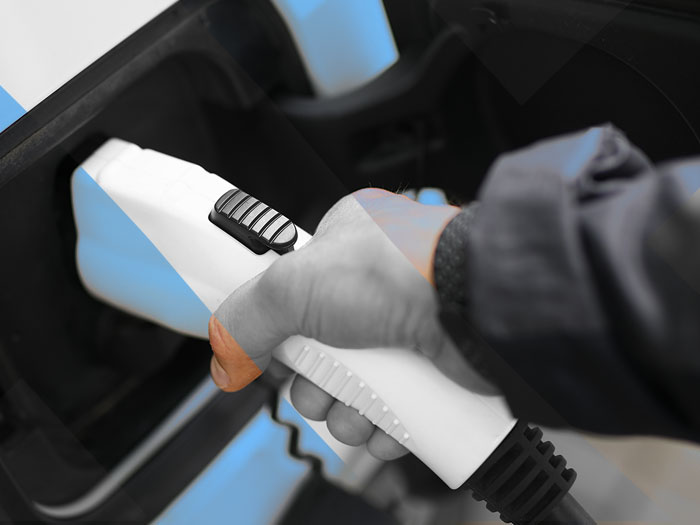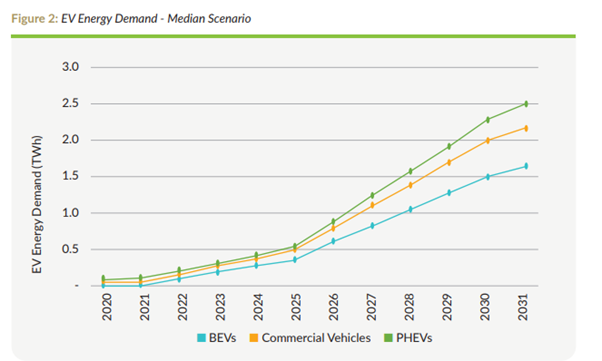Insights
better business decisions
Posted 2 years ago | 3 minute read

First national electric vehicle charging infrastructure strategy published
Minister for Transport, Eamon Ryan, has launched the new Electric Vehicles Charging Infrastructure Strategy 2022 – 2025, which will see €100M spent on public charging infrastructure over the next three years.
Published on 19 January, the strategy sets out Ireland’s pathway and practical steps for delivery of a national EV charging network. The accompanying implementation plan sets out a road map for the delivery of Ireland’s EV charging infrastructure over the next 3 years. The strategy takes a people-first approach and sets out 5 principles that will underpin the rollout of EV charging infrastructure over the coming decade. These principles exist against the backdrop of climate change, the urgent need to decarbonise the Irish transport system, and the opportunity to maximise the benefits of the electric mobility transition for all citizens. They aim to make EV charging possible for everyone, regardless of income, age, health, or location.
While it noted that the widespread use of electric vehicles will place more pressure than ever on Ireland’s electricity network, this is a challenge that must be faced. In-depth planning will be needed as well as detailed consultation with energy providers and network operators. But it noted that a range of smart technological advancements will also play a part in making sure the grid can cope with the surge in charging demand.
However, there is potential for reducing the impact on peak load by coordinating the charging sessions to make the demand more flexible. With the rollout of smart meters and smart home chargers, people will have access to at-home technology with the ability to receive pricing signals. These signals will guide EV owners to charge at times that are more favourable. In addition, this load – if charging takes place at times when renewable generation is high – would increase the level of renewable generation that can be accommodated on the electricity network. This would minimise or defer the required investments in infrastructure upgrades.
Other initiatives also have the potential to offset increased EV energy demands. These include the possibility of Vehicle-to-Grid (V2G) energy management systems, where plugged-in EVs can act as back-up batteries and feed energy back into the grid at certain times to help balance demand. Another possibility is microgeneration, where homes and businesses generate renewable energy for their own consumption46. Microgeneration, where installed, can potentially allow EVs to be charged at home (or at a local level), off-grid. This would reduce demand on the national electricity network and facilitate EVs to be powered by 100% carbon-neutral, renewable energy. Potentially, EV owners can financially benefit from smart and flexible charging options in two ways:
- At home, they can save money by charging during off-peak hours. Night-time charging is approximately half the price of day-time charging
- Where the EV charging point (at home or in public) can respond to ESB Networks or EirGrid signals, there are financial incentives emerging to reward the user for this service

It noted that government’s role is to work as a facilitator, supporting and enabling investment in charging infrastructure and that a National EV Charging Network plan will be developed to define the EV charger rollout requirements and consider these in the context of the electricity grid’s readiness to meet the projected EV public charge-point demand between 2023 and 2025.

Revving up the Grid | Opportunities for EV Fleet Owners
Transitioning your fleet to battery-electric technology introduces a new set of challenges that go well beyond the vehicles.
Learn more